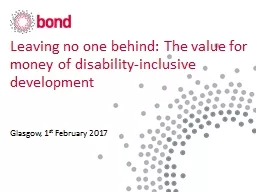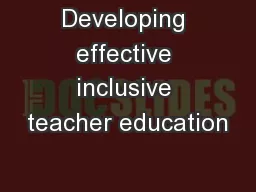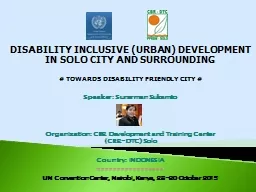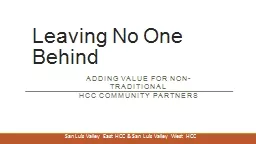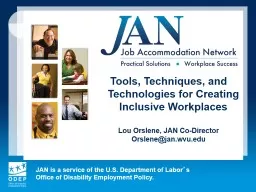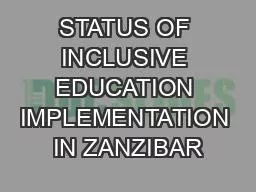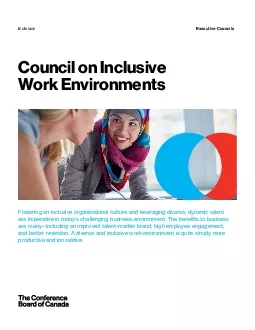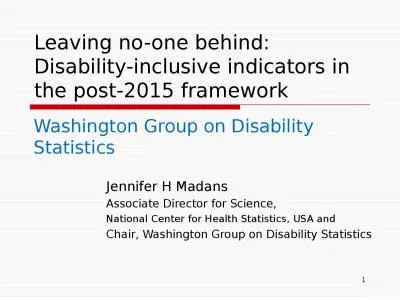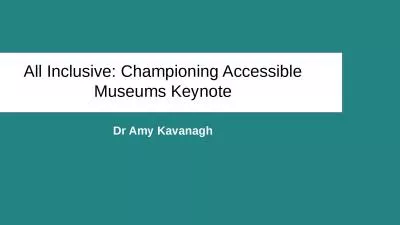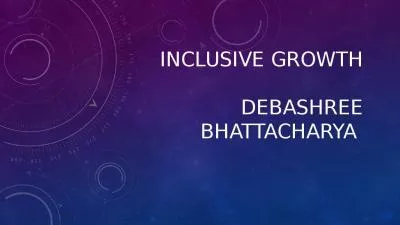PPT-Leaving no one behind: The value for money of disability-inclusive development
Author : aaron | Published Date : 2018-11-03
Glasgow 1 st February 2017 Value for Money Achieving the best possible impact with the resources available Value for Money VfM often narrowly interpreted
Presentation Embed Code
Download Presentation
Download Presentation The PPT/PDF document "Leaving no one behind: The value for mon..." is the property of its rightful owner. Permission is granted to download and print the materials on this website for personal, non-commercial use only, and to display it on your personal computer provided you do not modify the materials and that you retain all copyright notices contained in the materials. By downloading content from our website, you accept the terms of this agreement.
Leaving no one behind: The value for money of disability-inclusive development: Transcript
Download Rules Of Document
"Leaving no one behind: The value for money of disability-inclusive development"The content belongs to its owner. You may download and print it for personal use, without modification, and keep all copyright notices. By downloading, you agree to these terms.
Related Documents

